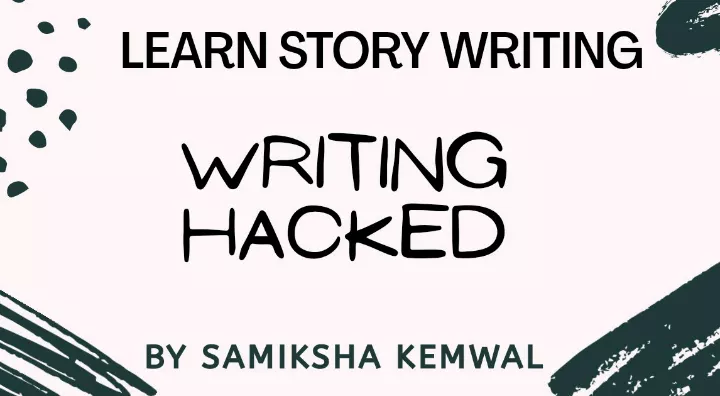Writing Hacked 2- Plot Writing
Disclaimer: PLEASE READ THIS BEFORE PROCEEDING FURTHER!
I have no formal education in creative writing or literature whatsoever. I learned everything by myself through youtube, reading, research, understanding, and writing away as much as I can. I make a lot of mistakes whether it be grammatical or any other kind. I hope you can point them out and help me correct it so I can learn more. I will try my best to provide you errorless guidance though. I am not going to pretend to know everything because I really don't. I have a lot to discover yet.
Whatever I am going to tell you here is through my own understanding and experience.
Enjoy.
______________________________
💥Writing Hacked- 2💥
HOW TO WRITE A GOOD STORY
🔶2. The Trigger
It is the essence that drives the plot forwards.
This is the part where something new happens. A murder, a new opportunity, someone from the past, remembering a memory, a phone call... It could be anything as long as the entire story depends on it.
↪Example:
A. In my story, 'Garden Of Spiders' (which is published here on Writco and you can find it in the story section. ⚠SPOILERS ALERT⚠)
Maya discovers the body of her husband Josh in the house.
B. In Harry Potter, Harry receives his letter from Hogwarts School of Witchcraft and Wizardry.
C. In the Bahubali movie, Shiva discovers Avantika's mask and is fascinated by it.
If these things hadn't happened, there will be no story to tell.
Things would remain in...
I have no formal education in creative writing or literature whatsoever. I learned everything by myself through youtube, reading, research, understanding, and writing away as much as I can. I make a lot of mistakes whether it be grammatical or any other kind. I hope you can point them out and help me correct it so I can learn more. I will try my best to provide you errorless guidance though. I am not going to pretend to know everything because I really don't. I have a lot to discover yet.
Whatever I am going to tell you here is through my own understanding and experience.
Enjoy.
______________________________
💥Writing Hacked- 2💥
HOW TO WRITE A GOOD STORY
🔶2. The Trigger
It is the essence that drives the plot forwards.
This is the part where something new happens. A murder, a new opportunity, someone from the past, remembering a memory, a phone call... It could be anything as long as the entire story depends on it.
↪Example:
A. In my story, 'Garden Of Spiders' (which is published here on Writco and you can find it in the story section. ⚠SPOILERS ALERT⚠)
Maya discovers the body of her husband Josh in the house.
B. In Harry Potter, Harry receives his letter from Hogwarts School of Witchcraft and Wizardry.
C. In the Bahubali movie, Shiva discovers Avantika's mask and is fascinated by it.
If these things hadn't happened, there will be no story to tell.
Things would remain in...




